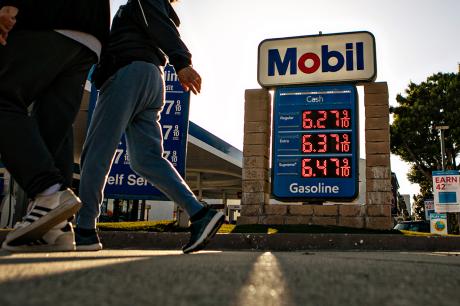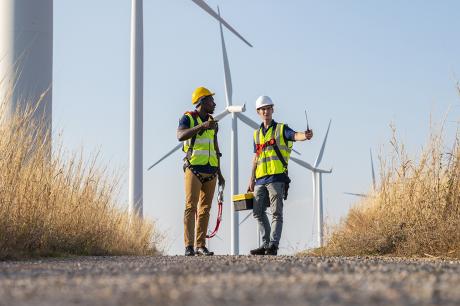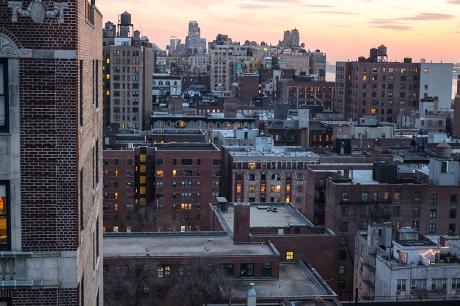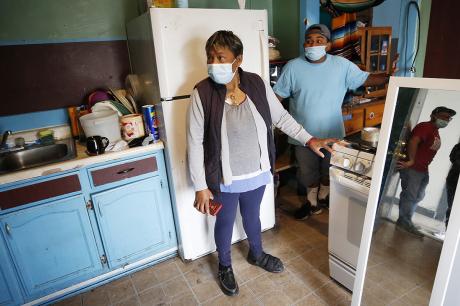Articles and analysis on today's issues
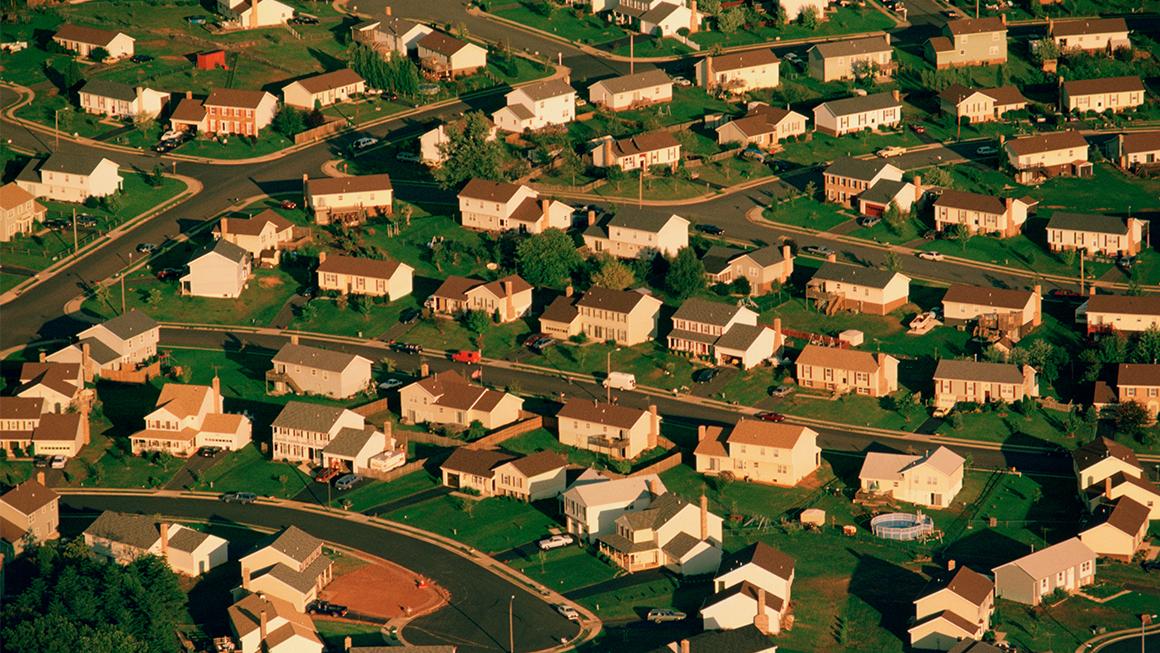
As data centers see a surge in demand because of generative AI, Henrico County, Virginia, shows how local governments can turn the economic gains of this new industry into sustainable funding for affordable housing.
The Number of Americans with Debt in Collections Fell during the Pandemic to 64 Million The share of people with debt in collections improved for all groups during the pandemic, but racial gaps persist. Whether the gains will be sustained is uncertain as pandemic relief measures phase out.What Rising Gas and Rent Prices Mean for Families with Low Incomes Dramatic price surges have increased the costs of daily life at a quicker rate than wages, and households with low incomes—who are disproportionately people of color—will likely be particularly affected.Three Ways to Advance Racial Equity in the Workforce while Combating Climate Change The bipartisan Infrastructure Investment and Jobs Act is a step toward combating the worsening climate crisis while creating jobs, but it isn’t enough on its own.The Real Rental Housing Crisis Is on the Horizon New data show that landlords are increasing rental prices and instituting stricter screening criteria for renters, indicating a bleak rental market outlook for years to come.Emergency Rental Assistance Is Not Reaching Tenants with the Lowest Incomes Fast Enough New survey results show that renters with low incomes are having a hard time making their rental payments, but Emergency Rental Assistance funding isn’t reaching them quickly enough to prevent evictions.How Student Loan Borrowers Have Changed since 2008 Compared with 2008, student loan borrowers today are older, carry more debt on average, are more likely to have middle or higher incomes, and benefit from more flexible student loan repayment policies, which has implications for how we build public policy for borrowers.

